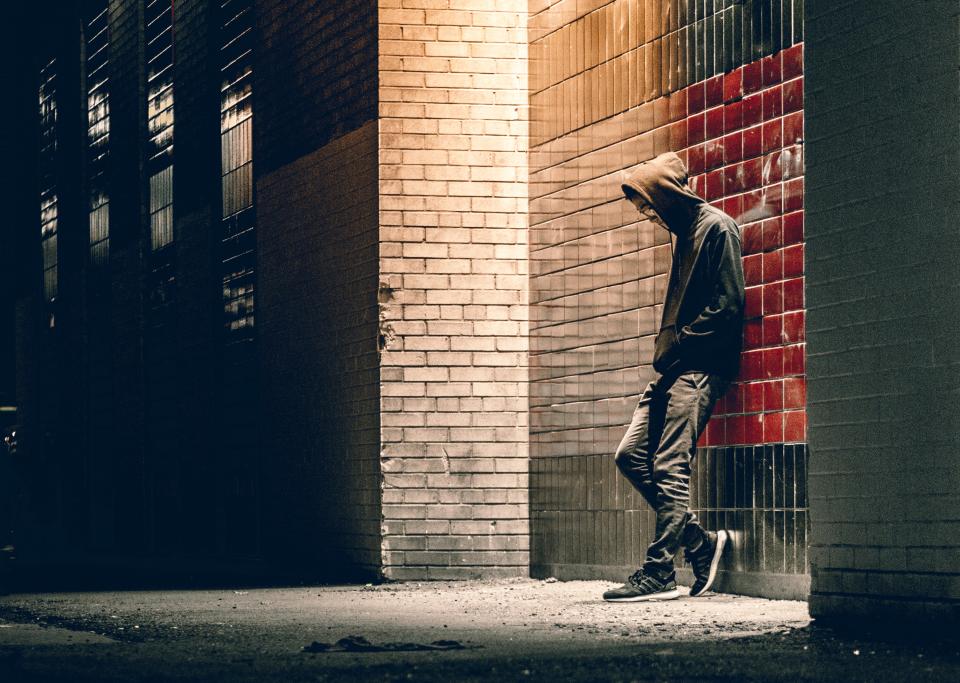This month, as we observed National Runaway Prevention Month, the Office of Juvenile Justice and Delinquency Prevention (OJJDP), and the National Center for Missing & Exploited Children (NCMEC), one of our long-standing partners in addressing runaway youth, put a spotlight on the invisible faces of youth who are homeless.
On a single night in 2018, 4,093 children under the age of 18 were counted as homeless because they were not part of a family with children or not under the care of a parent or guardian, according to the Annual Homeless Assessment Report from the U.S. Department of Housing and Urban Development. The National Runaway Safeline reports that between 1.6 million and 2.8 million youth run away each year.
In 2017, of the 27,000 missing child cases reported to the Center, 91% were for endangered runaways. NCMEC provides support services to families and victims and raises awareness to help bring these youth home. Last year the Center launched the “Runaway Train” campaign, which reimagined the music video from 25 years earlier that featured missing children and helped close 21 cases. The dynamic new video updates images of missing children based on a viewer's location.
Runaway and homeless youth are more likely to engage in substance use and delinquent behavior, become teenage parents, drop out of school, suffer from sexually transmitted diseases, meet the criteria for mental illness, and have an increased risk of being sexual exploited and trafficked. The risk for homelessness is also increased for youth living in the foster care system. In fact, youth who experience multiple placements in foster care, have a history of running away from them, and who have spent time in a group home are most at risk of homelessness. Those aged 15 when they first enter foster care have the highest risk of running away. Homeless youth also have a high rate of involvement in the juvenile justice system.
According to statistics from the Office of Justice Programs’ OJJDP, on any given day, more than 43,000 young people—many suffering from substance abuse and mental illness, or both—are in juvenile corrections and treatment programs.
OJP aims to help homeless kids who enter the juvenile justice system make their way out of it, with the goal of living safer and more fulfilling lives. To that end, OJJDP works to provide services through reentry and mentoring programs, drug treatment courts, research, and partnerships. Reentry services help youth successfully return to their communities. OJJDP’s juvenile reentry toolkit helps them develop a housing plan, set goals, connect with available services, and follow probation, parole and court requirements.
Another resource is OJJDP’s Model Programs Guide for professionals and communities on juvenile reentry and other youth programs, based on rigorous evidence-based studies. It includes a number of step-by-step implementation guides.
OJP has found mentoring to be highly effective. Research shows that mentored youth are less likely to use drugs and engage in delinquent and anti-social activity. Mentors help kids form positive social bonds that lead them to better relationships and an improved outlook for their future. OJJDP has for 20 years invested in mentoring programs, including those that serve victims of child sex trafficking, and last year alone awarded more than $83 million in grants to mentoring organizations. One of these, the National Mentoring Resource Center, in 2018 provided training and other support to 378 school, community and faith-based mentoring programs that served more than 55,000 youth nationwide.
And finally, to help those struggling with drug use and mental illness, since the early 2000s, OJJDP has funded drug treatment courts that help children, youth and families overcome these often co-occurring problems.
As our society becomes more complicated, so do the juvenile justice challenges facing our homeless, runaway youth. OJP is in it for the long-term to help them deal with and overcome these challenges. That’s something to remember always, not only during November’s National Runaway Prevention Month.



